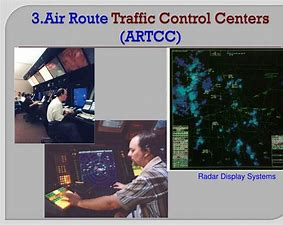Air Traffic Control Entities
With flight traffic increasing every year, it is imperative for air traffic control to operate flights safely, evenly, and quickly to create the highest efficiency. Air traffic control's main job is to ensure a safe distance or separation between aircraft. To do that, Vietnam applies a minimum distance between aircraft of 1,000 feet (304.8m) at altitude or horizontally, 5 miles (9.26 km) in approach airspace, and 10 miles (18.52km) in long-haul airspace. Air traffic control must maintain contact with the pilot throughout the flight and must always monitor and understand the flight route starting from departure until landing to ensure absolute safety. Ensuring flight safety is a top priority.
Airport Traffic Control is divided into many different parts which include Terminal Radar Approach Control, and Air route traffic control centers. Their common feature is the purpose of keeping flight safe and ensure smooth traffic and respond to any emergency. The difference between them is how they work.
1. Terminal Radar Approach Control facilities: guides and arranges incoming aircraft in the most efficient order for the aircraft to enter and land; direct departing aircraft to quickly obtain desired altitude and flight path before transitioning into the long-haul phase. Approach control is responsible for controlling all instrument flight operating within its area of responsibility. Approach control may serve one or more airfields, and control is exercised primarily by direct pilot and controller communications. Terminal Radar Approach Control (TRACON) controls aircraft from the terminal to En-route traffic control to one or more airfields. Typically controls aircraft approaching and departing between 5 and 50 miles of the airport. Approach control may serve one or more airfields, and control is exercised primarily by direct pilot and controller communications. Radar equipment allows a controller to see the aircraft even at that distance.
2. Air route traffic control centers (ARTCC) - There is one ARTCC for each center. Each ARTCC manages traffic within all sectors of its center except for TRACON airspace and local-airport airspace. Each ARTCC has personnel assigned to the Air Traffic Flow Management team. Flow Control monitors the activity in and around the entire ARTCC airspace, along with weather patterns. They also track flight planned proposal times of aircraft wanting to join the dance aloft. If the projected volume exceeds established parameters, or if weather causes difficulties in certain areas, the Flow controllers initiate departure or arrival delays.





Comments
Post a Comment